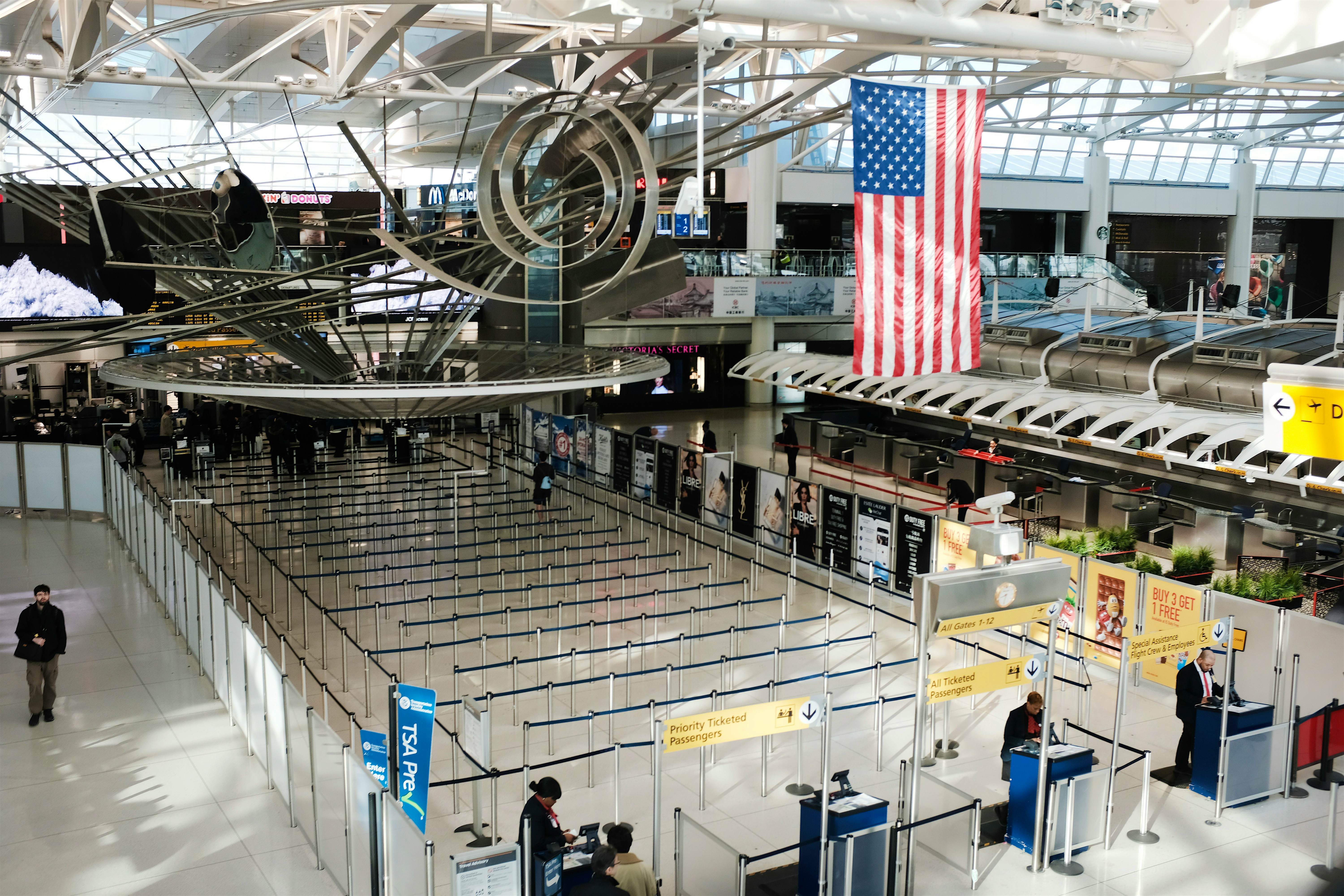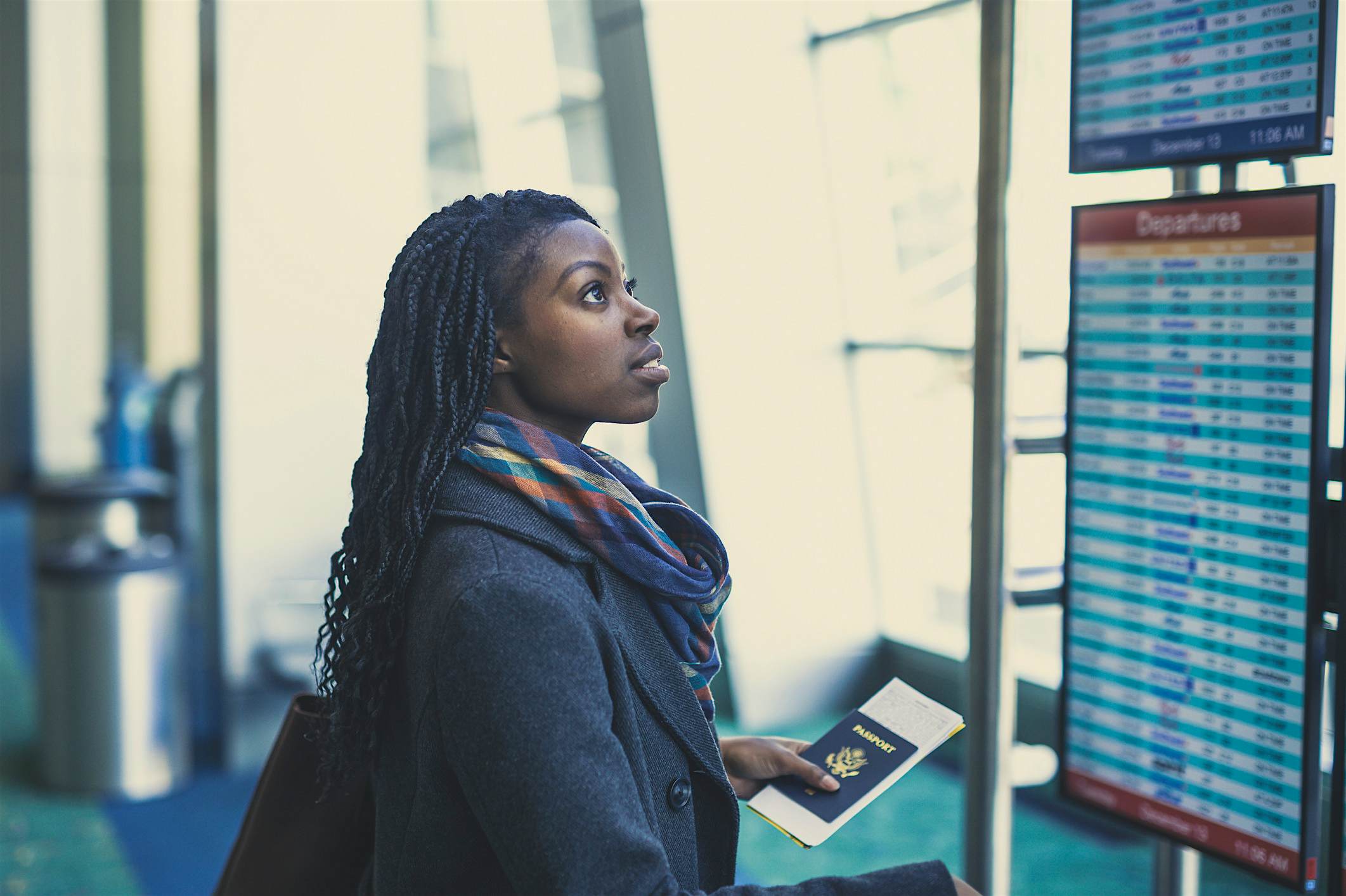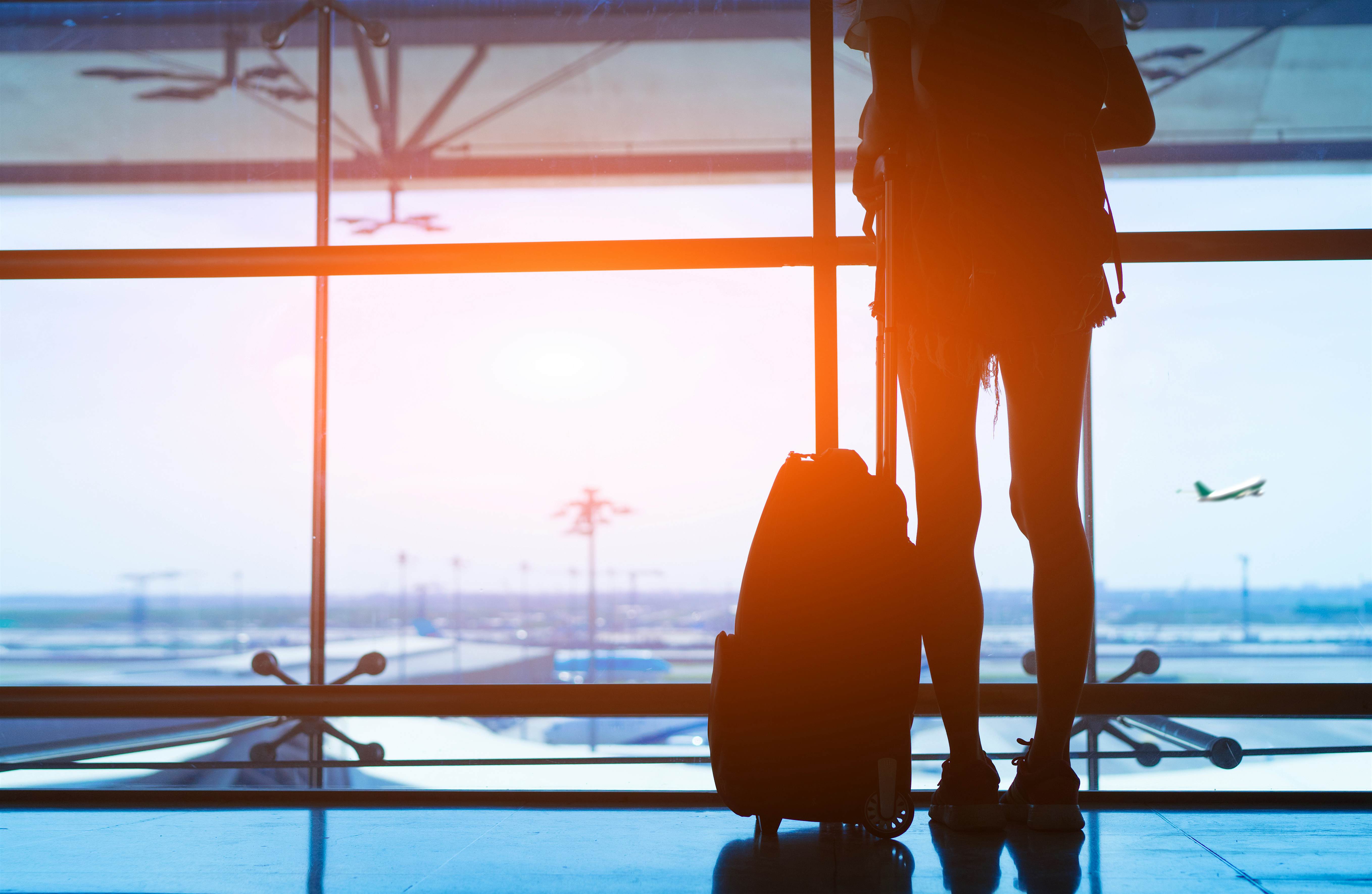The announcement of a United States travel ban for people who have been to most of Europe has caught many people by surprise.
 People walk through a sparse international departure terminal at John F. Kennedy Airport (JFK) as concern over the coronavirus grows © Spencer Platt / Getty Images
People walk through a sparse international departure terminal at John F. Kennedy Airport (JFK) as concern over the coronavirus grows © Spencer Platt / Getty Images
In essence, if you’re not a “US passenger” – which mostly equals an American citizen or a US “lawful permanent resident” (see the exceptions below) – and you have been in the European countries in the Schengen Area in the prior 14 days, you can’t enter the US.
In addition, it seems that US travellers who have been in the Schengen Area will be required to arrive via only select airports where extra health screenings have been set up. Homeland Security Acting Secretary Chad Wolf says that details of this will be available only in the next 48 hours.
To start with, please understand that there is a lot of uncertainty about the situation. The US Department of Homeland Security (the part of the government that contains the Customs and Border Protection agency) says they’re working from the official written Presidential Proclamation, which is not fully in line with what was announced in the presidential TV address.
Who is affected? Travellers who have been in the Schengen Area
The travel ban covers some people who have been to countries within the Schengen Area — the common travel area in continental Europe where there are no internal border checks — which doesn’t exactly correspond to the European Union.
 A new ban on travel from Europe to the US has been announced © FatCamera / Getty Images
A new ban on travel from Europe to the US has been announced © FatCamera / Getty Images
The Schengen countries are Austria, Belgium, Czech Republic, Denmark, Estonia, Finland, France, Germany, Greece, Hungary, Iceland, Italy, Latvia, Liechtenstein, Lithuania, Luxembourg, Malta, Netherlands, Norway, Poland, Portugal, Slovakia, Slovenia, Spain, Sweden, and Switzerland. Notably, Iceland, Norway, Switzerland and Liechtenstein are part of Schengen but aren’t members of the EU.
The small city-states of Monaco, San Marino and Vatican City aren’t part of Schengen but have in practice opened their borders given that they are entirely surrounded by France or Italy. It’s unclear how these nationals will be treated.
Note also that five EU members aren’t part of Schengen: Ireland opted out and maintains a common zone with the UK (and the UK is now outside the EU and Schengen), while Bulgaria, Croatia, Cyprus and Romania are looking to join Schengen but are not currently members. Again, it’s unclear how these nationals will be treated, especially with a growing outbreak in the UK.
The “Schengen Ban” officially starts at 23h59 on Friday, 13 March, US eastern time, although there is a carve-out for flights that departed before that time.
Who is affected? Mostly non-Americans, but with over dozen exceptions
The proclamation acts “to restrict and suspend the entry into the United States, as immigrants or nonimmigrants, of all aliens who were physically present within the Schengen Area during the 14-day period preceding their entry or attempted entry into the United States”.
Aliens, in this case, largely means “people who aren’t US citizens”, but there are exceptions for more than a dozen categories of people:
• US permanent residents
• spouses of US citizens or permanent residents
• parents/guardians of US citizens or permanent residents if that US citizen or permanent resident is under 21 and not married
• siblings of US citizens or permanent residents if both the sibling and US citizen or permanent resident are under 21 and not married
• children of US citizens or permanent residents (including foster children and wards, and certain prospective adoptees)
• if the US government has invited you to travel in order “for a purpose related to containment or mitigation of the virus”
• air or sea crew, or other non-immigrants travelling on C-1, D or C-1/D visas
• members of the US armed forces, their spouses and children
• several categories of diplomats and staff from international organisations like NATO and the UN
There’s also an exception for a variety of people by approval of the US government, including:
• any alien whose entry would not pose a significant risk of introducing, transmitting, or spreading the virus, as determined by the Secretary of Health and Human Services, through the CDC Director or his designee
• any alien whose entry would further important United States law enforcement objectives, as determined by the Secretary of State, the Secretary of Homeland Security, or their respective designees, based on a recommendation of the Attorney General or his designee
• any alien whose entry would be in the national interest, as determined by the Secretary of State, the Secretary of Homeland Security, or their designees
 The full impact of the travel ban is unclear © Kiattisak Lamchan / EyeEm / Getty Images
The full impact of the travel ban is unclear © Kiattisak Lamchan / EyeEm / Getty Images
What does it mean for travellers?
Overall, you’re considering travel and you are in a “might be affected” grey area — or even if you are not — the situation is quite difficult.
In theory, your airline probably ought to reimburse you if you can’t travel, but you will almost certainly need to be very persistent for that to happen. Your travel insurance may cover some of it, but again, it’s complicated and you’ll need a lot of time and effort. There’s a lot of “contact your airline” advice out there, and that’s good in theory, but expect call centres to be swamped, so try to do as much as you can online, via the airline’s app, and via social media. You may find it helpful to get an unlimited international calling plan if you’re going to be on the phone for hours and hours.
Whether it’s airlines, airports, third-party security screening companies, US immigration officials, or a combination of all, administrating something like this consistently is enormously complicated. There is the potential for people who should, in theory, be allowed into the country, being denied boarding at overseas airports or being turned around on arrival in the US. You’ll need a lot of patience as everyone on both sides of the Atlantic works through these new rules.
Currently, flights between the US and the UK and Ireland are still in operation. However, any travellers should stay up-to-date with information from their governments and airlines, as the situation is changing quickly and unexpectedly. The Republic of Ireland has just announced that the country could close its schools, colleges and cultural institutions until 29 March at the earliest, so the situation could change quickly.
Keep up to date with Lonely Planet’s latest travel-related COVID-19 news here.
_____
This article first appeared on Lonely Planet, Budget Travel’s parent company.
